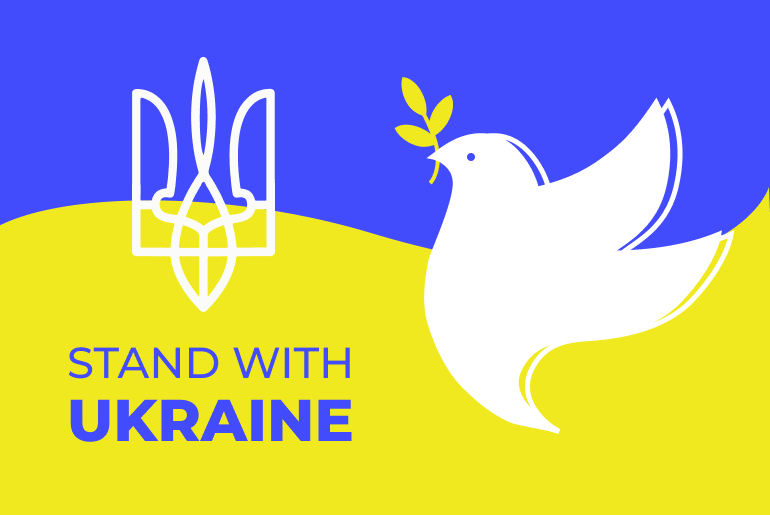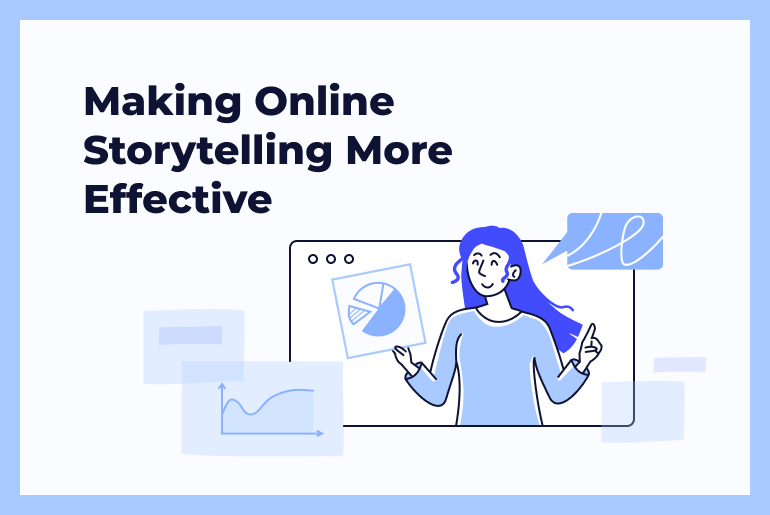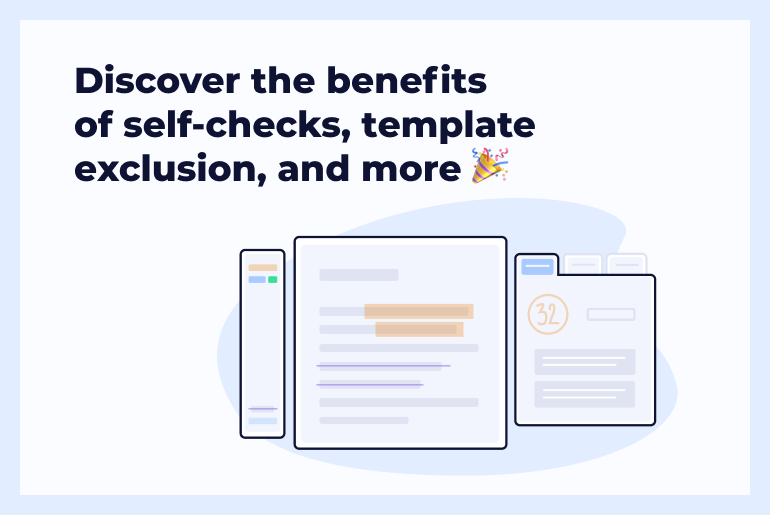Healthy self-criticism and persistency – that’s what leads to perfection. But counting on yourself only may slow down the progress. In instructional development, a community of like-minded peers too often acts as a real driving force enabling faster improvements.
So, how does it all work in real life? Utah State University (USU) can serve as a good example of community power. The institution regularly holds the eLearnX event to encourage knowledge sharing among instructors and motivate them to speak out freely about all the failures and successes.
In our interview with Travis N. Thurston, PhD, Assistant Director in the Office of Empowering Teaching Excellence at USU, we’ve got to know more about the instructional development at USU, how blended courses have become part of their learning process, lessons learnt from a fast transition to distance learning, and what stands behind the architecture of engagement. Let’s cut to the chase.
Unicheck: You’re leading the microcredentialing program at Utah State University through the Office of Empowering Teaching Excellence. It focuses mainly on instructional development and reflective teaching practice. What are these two concepts about? How does reflective teaching practice stand out?
Travis: The end goal of having faculty engage in instructional development is simply to improve teaching and learning, but instructional development actually starts with community building.
As we bring faculty, instructional designers, librarians and all of the individuals at the institution that care about teaching and learning together we can do much more of the heavy lifting that is required to intentionally design courses in a way that supports student learning. To make that work we create what I call an Architecture of Engagement.
On one hand we create the instructional development structures of workshops, learning circles, and seminars, and then on the other hand we populate those structures with the community of individuals who are committed to this common goal of teaching excellence.
This is where reflective teaching practice becomes essential in our microcredentialing program. As faculty participate in events they compose reflections of their takeaways from the sessions and add their plans to intentionally implement the things they’re learning into their own classrooms. Each badge represents intentionality for teaching improvement. As we know improving teaching is an iterative process of trying things out, adapting practices for different groups of students, and then sharing both our successes and our failures with our peers to contribute back to the community. To really be successful it requires all of us to continue to engage in this ongoing process of making small improvements over time.
Unicheck: Spring semester was quite stressful for many academic institutions. Was the switch to remote learning difficult for Utah State University where you’re working as an Assistant Director? What issues were the training faculty and educators facing at the time?
Travis: It has certainly been difficult for faculty, staff and students to continue to engage in the work of teaching and learning with all of the distractions and disruptions that surround us. One thing we did this summer was intentionally redesign some of our instructional development offerings from a face-to-face format to a blended format with web broadcast and online components.
In other words, as we were asking our instructors to start designing their courses in a blended format we did the same thing to model what that might look like.
For example we have an event that is a three day deep-dive into digital-age teaching that we call eLearnX. We were able to reach four times the number of instructors we usually engage with using a blended format. We relied on some live web broadcast sessions, and then asynchronous activities that scaffolded the process of designing a blended course. Our faculty really appreciated the experience of being in the student role of this course to see how their students would need to engage in a blended course, and it gave us a chance to collaborate with a number of exceptional instructors in our campus community and highlight some of the great work many of them are already doing in their courses. Our main focus was to keep things straightforward, remove some of the barriers faculty face in teaching with technology, and really just remind our instructors that good teaching is good teaching regardless of the format.
Unicheck: What action plan have you applied to prepare the educators at your university to blended teaching? Have you managed to move from remote to distance learning?
Travis: Fortunately, we have a long tradition of distance learning at Utah State University as the land-grant institution in our state. We have students and faculty in communities across the state at many different campuses. As an institution we have an infrastructure to support reaching students where they are. The switch to remote has changed some of those approaches, but a large majority of our faculty are familiar with using video, web broadcast, and other technologies to connect with their students and support learning in virtual formats.
Although the institution is well prepared, we still have hundreds of faculty members who hadn’t taught in blended or online, so our team in Academic and Instructional Services has been collaborating to provide the training, resources, and individualized consulting needed for our instructors. Just as an example of the change in scale of our offerings, the instructional designers in the Center for Innovative Design and Instruction went from teaching 64 total workshops last academic year to teaching double that just in the last three months.
Typically, we don’t offer workshops in the summer because we have so many faculty on nine month contracts, but that team alone was able to assist over 1,000 different instructors this summer which speaks to the willingness of these instructors to learn and improve their skills to help their students to be successful in a variety of teaching and learning formats.
Unicheck: Have you succeeded in preserving an inclusive learning environment after the shift?
Travis: Inclusion has absolutely been a priority for us not only because of COVID, but we know in the digital divide that many of our students can get left behind if we aren’t supporting them and being flexible with our expectations.
Each year we host a teaching and learning conference and our faculty committee had determined last year that we wanted the theme of our conference to be “Empowering Accessible and Inclusive Learning” to really emphasize the need for reaching all of our students.
Little did we know just pertinent that theme would be this year. Our keynote speaker was Dr. Idalis Villanueva and in her talk “Más Allá del Horizonte” she challenged all of us to look to the horizon for hope, and in knowing that we can all do our best to make small improvements to help our students. It was an inspirational talk that reminded me of the need for us to continually examine our practice and make adjustments as needed to be more equitable for our students.
Unicheck: From your perspective, what pedagogical practices could work the best in the current reality? How to reevaluate content delivery and learning assessment and what major changes they require?
Travis: I’ve been designing online courses at USU for seven years now, and we know from the literature and I’ve seen in my own teaching that there are many strategies that can be used to help students learn in online and virtual environments.
Certainly, the pandemic presents new and interesting challenges, and we have students and instructors who may not have much experience in completely online courses, so I have been pushing heavily on blended course design.
Blended courses allow us to leverage the best aspects of synchronous interaction and the best aspects of asynchronous learning in the same course, and can potentially allow us to be more flexible as we respond to the needs of students.
I had the chance to teach this summer in a blended format and we utilized Zoom for our class discussions and interactive activities, like building out resources in a Google Doc while we were together in class. And then we utilized tools like Slack for small group communication and collaboration while students were engaging in content and projects during our online portions of class.
From the standpoint of instructors reevaluating course materials, it’s more effective to first plan the course as if it is completely online. That requires aligning objectives with content and assessments, and then considering what will be the best way to build community and social presence, and ask questions like:
- Does it make sense to meet together on Zoom to discuss these topics?
- Do we need to have synchronous time to work on projects together?
- What technology tool will I use to communicate with students?
From there, instructors can see how the class fits together in a blended way and can utilize both formats to create the structure of the course, and to facilitate their community of learners as well.
Unicheck: What digital tools are now in high demand? Is a plagiarism detection solution as much needed now as it was before the pandemic?
Travis: Digital tools are always a favorite topic of mine. Before I got my PhD in curriculum and instruction, I earned a master’s degree in educational technology. I could talk about digital tools all day, and there are so many great ones to choose from. However, I have been encouraging our instructors to keep it simple and straightforward when it comes to technology.
One of the ways to keep it simple is to focus on one or two main technologies that we’ll be using in our class. That not only makes things less confusing and potentially more accessible to our students, but it also requires us to be very intentional about the tools that we choose to use in class.
I remind our instructors that even if we’re teaching in virtual environments, we need to lead with pedagogy not technology. In other words, I want them to first think about the best way that they can teach their students, and then we can find a tool that can make that happen.
Too often we get caught up in the newest EdTech tool or free software that’s available and we try to fit it into our class, when really we need to be focusing on the best ways we can facilitate learning. Especially when we get into the discussion on plagiarism detection tools, it’s important to remember that we should lead with pedagogy.
Is asking students to write a paper that needs to be run through a plagiarism detector the best way for your students to demonstrate learning? Maybe, or maybe not. It’s important to ask these questions to make sure that we’re being intentional in the tools that we’re choosing to use with our students, and that we consider what the impacts those tools might have on student privacy for example. My best advice when it comes to selecting digital tools for teaching is to lead with pedagogy and choose the best tool that will help students succeed.
Unicheck: Given your vast experience in teaching excellence, you’re sure to have a great collection of the most workable methods fostering professional development. Could you share some?
Travis: This goes back to our architecture of engagement which aligns with self-determination theory.
We want to provide an environment where instructors feel the autonomy-support needed to set their own instructional improvement goals, and then have access to the resources and the community they need to thrive.
I have found that the best way to provide that structure for reflection and ongoing engagement is through digital badging. We use badges to create a professional learning pathway for each instructor that provides choice, aligns with their goals, and allows instructors to focus on areas of teaching that are relevant to them.
These badges encourage instructors to reflectively engage with our learning community in instructional development activities, implement these practices into their teaching, and then contribute back to our community of educators in a variety of different ways.
The badges our instructors earn stack toward culminating credentials, but those credentials aren’t the end of the road. We emphasize the process and the need for ongoing improvement. Teaching excellence is less like a peak that one summits, and rather, the ongoing struggle of setbacks and brief vistas while traversing the mountain ridge.
In other words, digital badges act as trail markers along the way to document all of the small changes, reflections, and iterations we’ve gone through to make small improvements throughout our teaching journey.





